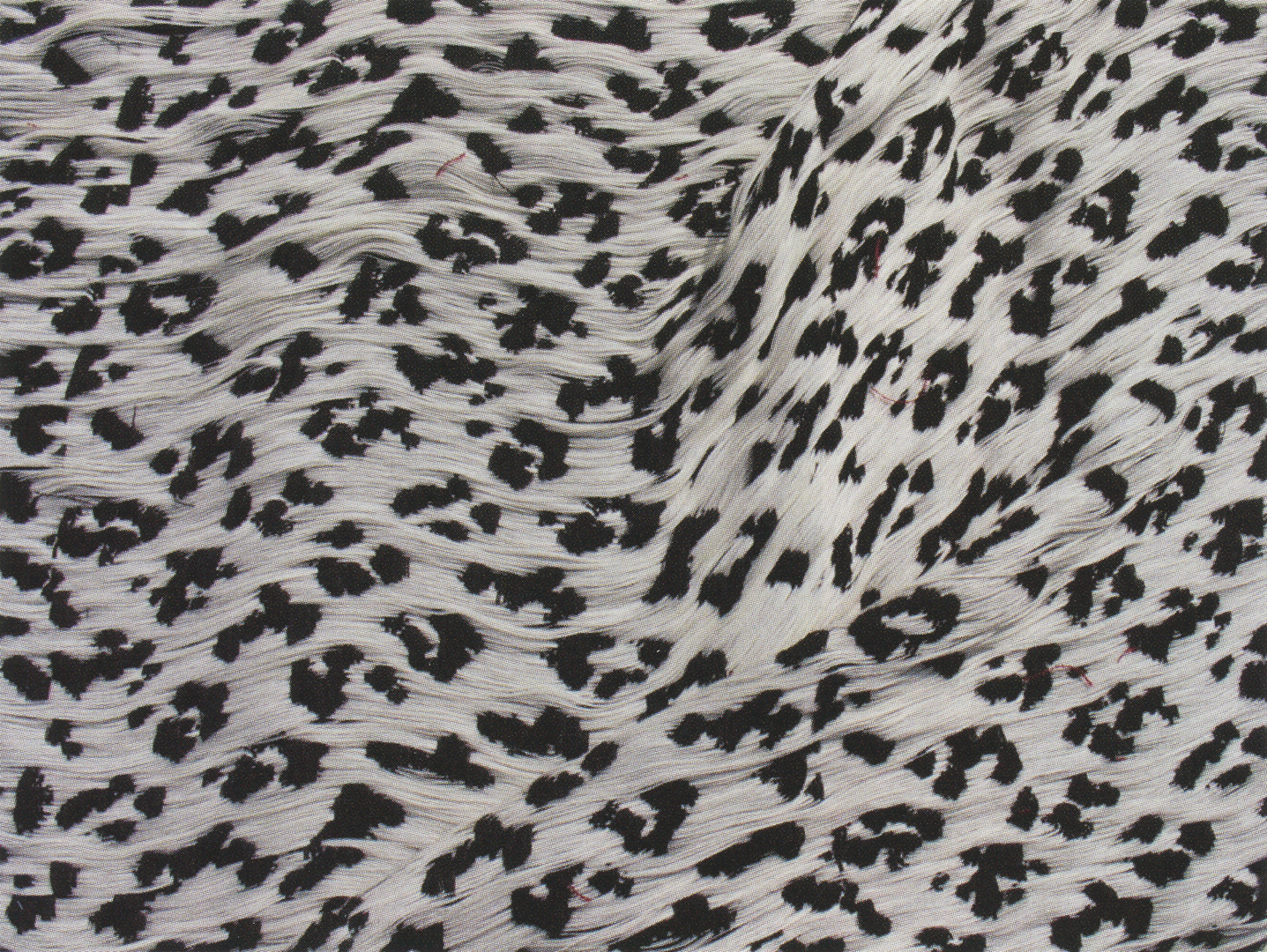Jenny E. Sabin: Fourier Carpet and Body Blanket
Artist(s):
Title:
- Fourier Carpet and Body Blanket
Exhibition:
Creation Year:
- 2008
Medium:
- Tapestry
Size:
- 36-foot by 5-foot
Category:
Artist Statement:
As one traces the technological and cultural history of weaving, a link is revealed between the punch-card technologies used to automate the Jacquard looms of the mechanical age and the early binary systems used for computation in the first computers. This link is rooted in the coded binary patterning system of warp and weft; its configuration is the weave. Because weaving exists within the space of zero and one, it is possible to weave computational designs that are rooted in a binary structure of data points.
Fourier Carpet and Body Blanket involve computational models that describe data as fields of woven points. These digital algorithms reveal a spectrum of scalar possibilities found in the point, the field, and the woven skin. The extension of this space is immanently vast in weaving. This relationship is important to architecture because it describes the geometry and matter of diverse collections of harmonic and dynamic data through woven material.
By taking advantage of an algorithmic process rooted within binary space, selected datasets may be input into the digital interface of a Jacquard loom. Through this process, one can begin to intuit spatial patterns within datasets that through study and analysis lead to multi-scalar textile tectonics. The process gives rise to questions regarding data imaging, technology, interface, and empowerment through materialized representation of information. Data are no longer represented as static images, but rather as a dynamic, woven model that is driven by the code inherent in the archetype of weaving.
These relationships were investigated in Fourier Carpet, a 36-foot by 5-foot tapestry that was generated from multiple Fourier series. In this instance, the data are transformed into a CAD file of binary block code, which is then used as input to a digitized Jacquard loom. The Fourier Carpet represents the materialization of music, color, and sound data.
Data provided by the human body may also be woven. For example, when undergoing Magnetic Resonance Imaging (MRI), the human body emits a series of frequencies that are then filtered through a transform called the Fourier transform. Once filtered, the harmonic data emitted from the body are transformed into a static image.
In the Body Blanket project, the output is more than a static image. The filter enables transformation of data along a curve into a material output. The discrete mathematics behind the Fourier series enables dynamic manipulations of material outputs. The Fourier transform is a useful tool for filtering and transforming generic data from points to waves to multiple woven waves, allowing for various representations of data. The transformation reveals a new interface between technology and the individual.





